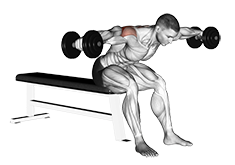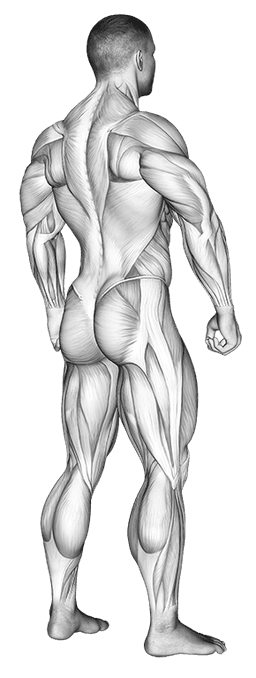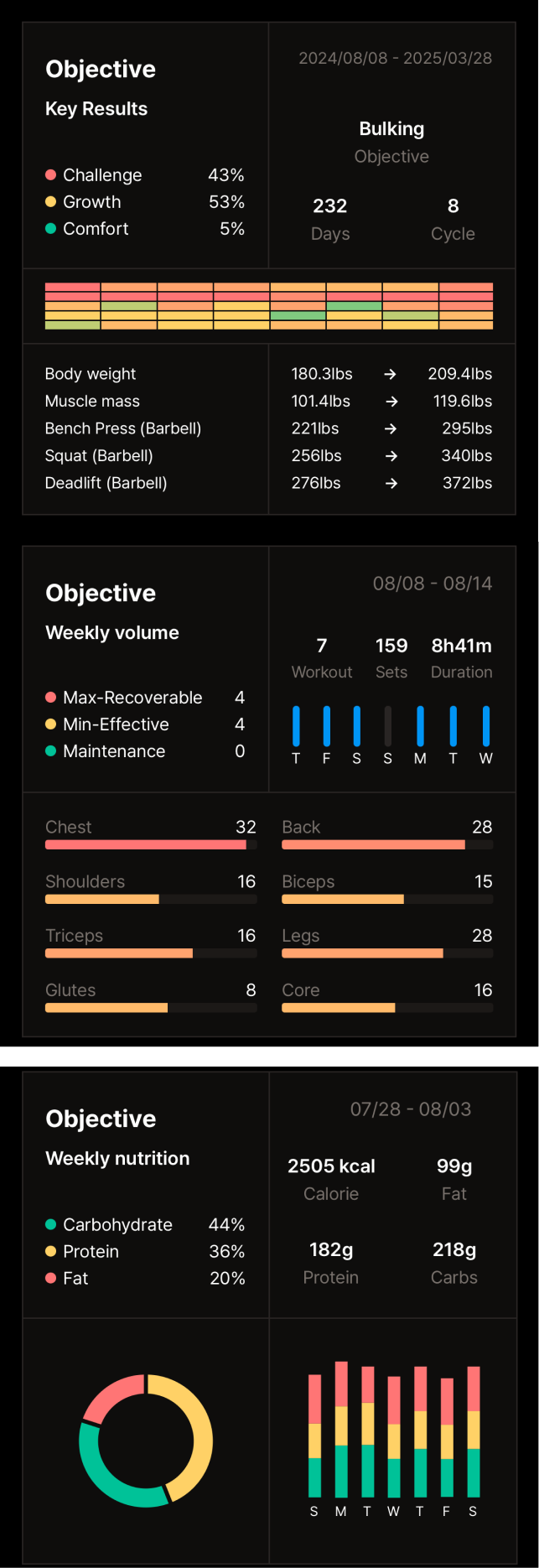
Reverse Fly (Dumbbell)
A rear delt isolation exercise that improves posture and shoulder stability. It involves raising dumbbells laterally while maintaining a slight bend in the elbows.
Muscle Targets Visualizer
Muscle Targeting Visualizer


Primary Muscle
Secondary Muscles
Strength Level Tracker
Track Your Progress Like a Pro
Reverse Fly (Dumbbell)
Average of all records in a cycle
Step-by-Step Instructions
1. Starting Position
Bend at the hips, keeping your back straight and core engaged. Let your arms hang down with dumbbells in your hands. Slight bend in elbows
- Maintain a neutral spine
- Engage your core to stabilize the body
- Choose a weight you can control
2. Dumbbell Elevation
Slowly raise your arms out to the sides, keeping a slight bend in your elbows. Your arms should move like wings. Your elbows should be just slightly below your shoulders
- Focus on controlled movement
- Keep your elbows slightly below shoulder height
- Avoid arching your back
3. Squeeze and Hold
Squeeze your shoulder blades together at the top of the movement. Briefly pause for a 1 second contraction
- Maintain proper form throughout the contraction
- Avoid jerking movements
- Focus on the rear delt contraction
4. Controlled Lowering
Slowly lower your arms back to the starting position, maintaining control of the movement
- Avoid dropping the weights
- Maintain the slight bend in your elbows throughout
- Control the negative (lowering) phase
5. Repeat
Repeat steps 2-4 for the desired number of repetitions.
- Maintain consistent form throughout
- Focus on mind muscle connection
- Breathe properly
Form Tips
✓Maintain a Straight Back
Avoid arching your back by engaging your core muscles throughout the movement. This protects your spine and optimizes rear delt activation.
✓Controlled Movement
Avoid using momentum. Focus on slow and controlled movements both during the lifting and lowering phases.
✓Proper Elbow Position
Keep a slight bend in your elbows to protect your shoulders and maintain tension in the rear deltoids. Don’t lock your elbows.
Common Mistakes
Using excessive weight
Reduce the weight to a level that allows you to maintain proper form throughout the entire range of motion.
Arching the back
Focus on engaging your core and maintaining a neutral spine. Use lighter weight if necessary.
Swinging the dumbbells
Focus on using your rear deltoids to lift the weight, avoiding momentum.
Not squeezing shoulder blades
Consciously squeeze your shoulder blades together at the top of the movement to maximize muscle activation.
Inconsistent form
Start with a lighter weight and practice the movement until you can maintain proper form for every repetition.
Alternative Exercises
- Cable Reverse Fly
- Reverse Fly Machine
Complementary Exercises
- Face pulls
- Lateral Raises
- Overhead Press

